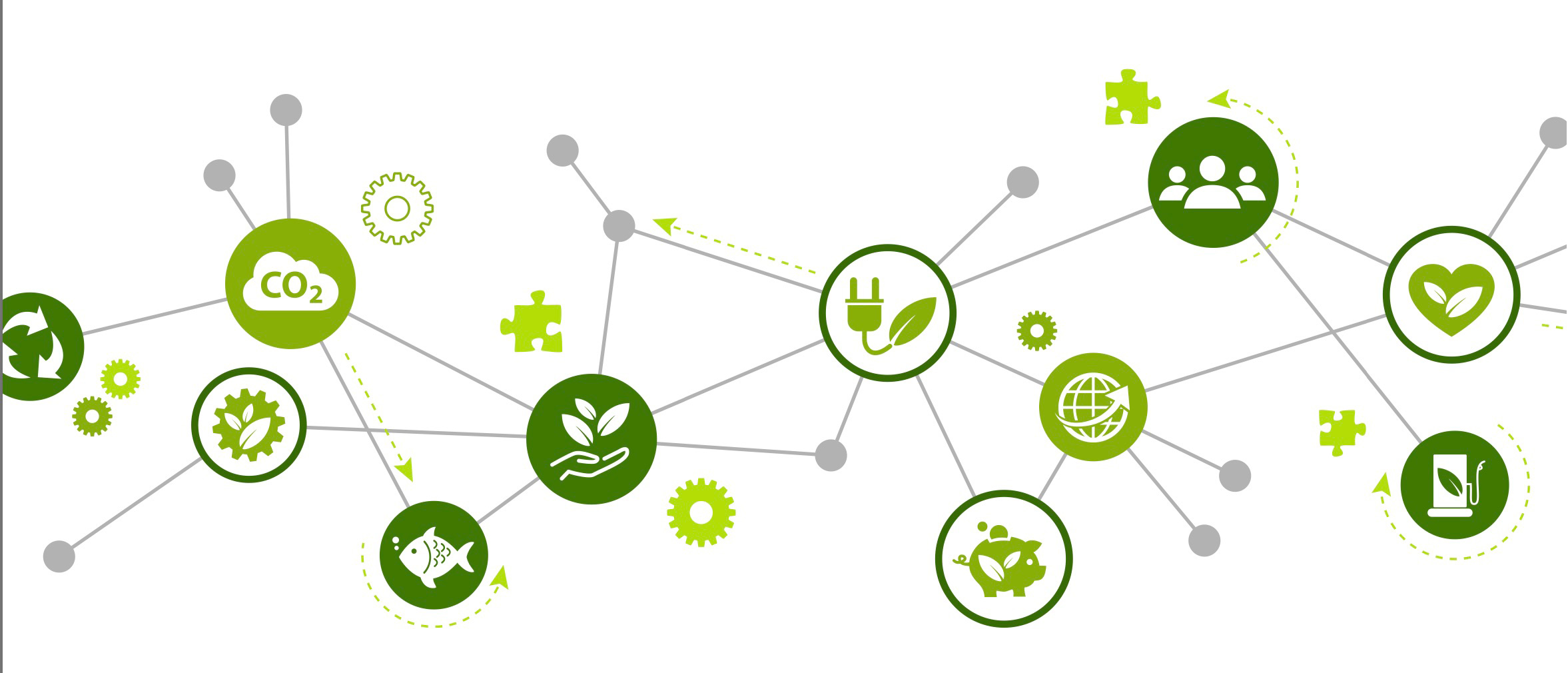Third-Party Certifications Can Validate Sustainability Claims
- Published: July 11, 2022
By Justine Hanlon, Global Marketing Manager for Flexible Materials, H.B. Fuller

Sustainability is going mainstream
A 2021 global analysis1 commissioned by the World Wildlife Fund (WWF) and conducted by the Economist Intelligence Unit (EIU) revealed that the popularity of internet searches around the world for sustainable goods has increased by an unprecedented 71 percent in just five years.
As consumer knowledge increases, there is a growing backlash against “greenwashing” (i.e., making misleading statements or claims about the sustainability of a product or service) and a call for brand transparency. This is leading to brands looking for reliable third-party certifications that capture and explain their sustainability claims.
These certifications tend not to be cheap, and the best certifications take a lot of time, money and technical requirements to fulfill. As the market shifts toward more rigorous testing requirements, there is some concern that an over proliferation of certifying bodies will lead to consumer confusion and decision fatigue. The certification groups will eventually need to consolidate or lead with one voice or risk being ignored by groups that provide clarity.
Groups such as Cradle to Cradle2 promise one global standard for products that are safe, circular and responsibly made. They use five guiding tenants to drive their holistic approach to certification, including material Health, Product Circularity, Clean Air and Climate Protection, Water and Soil Stewardship, and Social Fairness.
Cradle to Cradle seems like a sensible way to move forward, versus a patchwork of certifications, but unless there is widespread adoption, they will face the same roadblocks as traditional certifying bodies.
Although standards to reduce greenwashing exist, there are terms that, while technically correct, can still lead to misinformation or representation. For example, ecologically, there are benefits to materials derived from renewable materials, but consideration must be given to how a raw material is sourced. Raw materials derived from animal sources, such as casein adhesive, are less sustainable than plant-based starch, however both are considered renewable resources.
More importance is being given to the end-of-life scenarios of all materials – not just certifications that only look at a small part of products’ impact on the environment. The greater shift to life cycle analysis (LCA) methodology will hopefully lead to a decrease in the high cost of LCA and increase in acceptance, especially if certifying bodies and accreditation is tied to such a time consuming and currently expensive, but worthwhile, calculation.
Continued need for infrastructure and consumer education
Much has already been written about the lack of recycling processing infrastructure in the U.S., but recent investments show that the plastics industry is willing to step up and contribute to the complicated issue. In 2020, Nestle invested3 $30 million in Closed Loop Partners’ private equity funds to help upgrade U.S. recycling infrastructure and give the company better access to food-grade recycled plastics.
Another recent example is the Recycling Partnership’s launch of the Polypropylene Recycling Coalition, an industry collaboration to improve polypropylene (PP) recovery and recycling in the U.S. and further develop the end market of high-quality recycled PP. However, the speed of investment by both government and industry needs to increase. Failure to do so could lead to the wrath of a public that is quickly becoming more sophisticated to sustainability claims and misdirection.
Only 12 percent of plastics were recycled in the U.S. in 2020, while the rest were landfilled, incinerated or exported. Some work has been done around instore collection at drop-off bins. According to How2Recycle, 225 million pounds of recyclables have been collected through their initiatives – a small part of the $183 billion dollar market.
Film producers and packaging converters don’t want mono-material going to landfills or incinerators. Polyethylene, from which a majority of film, wraps and bags are made, is a valuable recyclable material driving the American Chemistry Council’s Plastics Division decision with a goal for 100 percent of plastics to be “recyclable or recoverable” by 2040.
Low volume or complex products, such as multilayer films or packaging contaminated with food residue, will need further infrastructure improvements or product redesign to meet such ambitious goals. Companies that move too slowly in their sustainability reviews run the risk of having their decisions dictated to them by patchwork government initiatives.
Adding complexity to the issue is the ambiguity and “wish-cycling” around the recyclability of plastic film, bags and wraps. Allowing said material to end up in curbside bins can have the disastrous consequence. Plastic films and wraps have been the bane of many curbside recyclers, due to the damage inflicted on equipment.
Hope for the future
Although there are many difficult sustainability challenges facing the film and coating industry, the great news is that many people are working together across multiple facets of the industry to create a roadmap that helps the environment, consumers, brands and the suppliers. And adhesives play a critical role as an enabler and a must-have technology that makes the world, as we know it, work.
They also help to lay the foundation of a new era of industrial design and manufacturing under resource constraints. Due to its innovation, versatility and flexibility — not only in selecting technologies and raw materials — the industry now has many options that contribute positively to the way products are conceived and manufactured, reused or recycled.
2 https://www.c2ccertified.org/
About the Author
Justine Hanlon works with brands across the value chain to ensure that adhesives help improve compostability, recyclability and a circular economy. Since 1887, H.B. Fuller has been a leading global adhesives provider focusing on perfecting adhesives, sealants and other specialty chemical products to improve products and lives.













